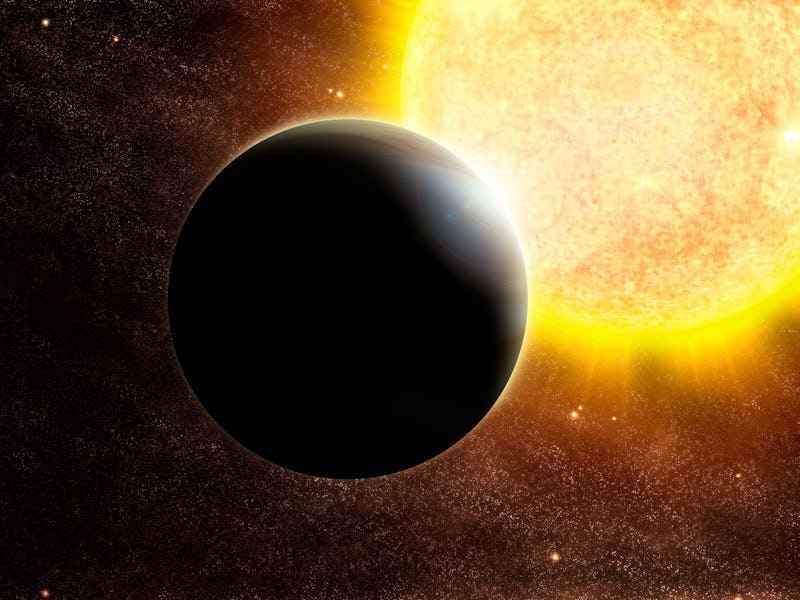What do NASA and Netflix have in common? Probably more than you would think. Researchers have developed a technique that uses artificial intelligence to help them search for and identify stable planetary systems. The technique is based on learning algorithms used by the streaming giant to offer online recommendations. This new tool will be used in tandem with NASA’s fleet of planet-hunting telescopes to identify planets that could potentially support life.
“Machine learning offers a powerful way to tackle a problem in astrophysics, and that’s predicting whether planetary systems are stable,” Dan Tamayo, lead author of the research and a postdoctoral fellow in the Center for Planetary Science at the University of Toronto Scarborough, explained in a news release.
As a form of artificial intelligence, machine learning enables computers to learn on their own, without having to be constantly fed data or programmed for a specific task. These types of advanced systems are specifically designed to learn and adapt on their own when exposed to different data.
Tamayo says the team’s technique is 1,000 times faster than traditional methods in predicting stability. The results are available online in the current issue of the Astrophysical Journal Letters.
The team hopes the tool will be a valuable asset in astronomy, able to help scientists locate new planetary systems that could potentially hold life, as well as discern new information that would otherwise go undetected with current methods of observation.
Artist conception of NASA's TESS spacecraft.
Tamayo explains that, currently, astronomers rely on multiple methods to detect exoplanets. However, these methods are only capable of providing information on a planet’s size and orbital period — neither of which affects stability.
Understanding how stable a system is will allow researchers to glean insights into how they formed and better assess a planet’s chances for hosting life.
With the technique developed by Tamayo and his team, astronomers will now be able to measure a planet’s mass and its orbit, which will come in handy when analyzing data from NASA’s upcoming Transiting Exoplanet Survey Satellite (TESS). The two-year mission will search for new exoplanets by focusing on the brightest stars in close proximity to our solar system and is set to launch next year.
“It could be a useful tool because predicting stability would allow us to learn more about the system, from the upper limits of mass to the eccentricities of these planets,” says Tamayo.
